TIG WELDING
This process has an aura of magic around it, but ironically it’s the most primitive of all – at least fundamentally. All a TIG welding machine essentially does is melt the metal… that’s it. It can’t even add metal to the joint. The electrode in TIG welding, unlike all the others, is not consumable. It is made out of Tungsten precisely so that it is not consumed because Tungsten melts at a higher temperature than pretty much anything you’d want to melt.
What if you need to reach around a corner with the electrode tip? We’ll talk about that too. Now, from there things get more complicated but at the core of it all, it’s really that simple. This is why you can make a TIG welder out of a stick welding power source. You just need a TIG torch with a manual valve on the handle that you can hook up to a cylinder of Argon gas and you’ve got what’s called a scratch-start TIG welder – you fire off and terminate the arc the same way you would if you were stick welding.
So at its most basic, TIG welding doesn’t really offer a whole lot of benefit over stick other than letting you have a much cleaner puddle but at the cost of making the process more complicated.
TIG welding truly shines when you add adjustability to the process. Modern TIG welding machines will give you control over things you wouldn’t even think would be a thing to consider. We’ll go into detail in the TIG article but it’s everything from the timing of the gas flow, to the amperage which can be rolled in and out at various rates, finely tuned as you go with what amounts to a throttle pedal and even programming the machine to pulse the amperage in a specific pattern. Modern TIG machines also use a very high voltage, high frequency pulse of electricity to jump the arc, effectively laying tracks for the high amperage, low voltage welding arc to follow. So you can start the weld without touching the electrode to the part.
The TIG power source can also send alternating current into the weld, whereas MIG is limited to direct current. The reason this is of any value is aluminum. This is a complicated subject but for now we’ll leave it saying that AC TIG welding makes aluminum MUCH easier. But also worth saying here that despite what many think and say, you do NOT need it and as we will discuss in later articles, you may not want it (either AC TIG or TIG altogether).
When I finally decided to take a dive into the TIG world the results weren’t promising. I will share my thoughts on how to best learn this but I decided to dive into the deep end with aluminum, figuring if I can get this down then steel will be easy.
Padding beads for a half hour every day for a few weeks, and things started looking better. But T joints were still the bane of my existence. This is in large part due to some specific techniques you need to know and practice, all of which I will describe later on.
If you suck at it, do it a lot until you don’t suck.
I got comfortable enough with TIG welding to do my roll cage. The car (a 1000-hp E30 track monster you can see a bit more of in my Dry Sump story) already had a roll bar and it was fitted very tight to the body. I didn’t want to cut holes in the roof but in retrospect it would have been easier than what I ended up doing. I got a micro-torch and a mirror. Even today when I’m quite comfortable with the dance of the torch, filler hand and foot pedal (or momentary switch) I would not enjoy this. I barely remember how this went because my brain deleted it like any extreme trauma.
And aluminum.
And titanium.
NOW WHAT?
After we cover the processes, machines and techniques in detail, I hope your choices will become clearer but let’s briefly touch on the subject. You’re keen to get started, what should you get?
If you’re a typical car guy, get a MIG. There are valid arguments (because they’re mine) for starting with the TIG precisely because it’s more difficult and less forgiving. One argument is that if you start with something that is less rigorous, you will develop bad habits that will be that much harder to shake when you try something where they matter more. But just the way I would not suggest someone learn how to drive with a manual transmission, I would not suggest learning how to weld with a TIG. There is enough going on that simplifying the process is going to be, in my opinion, absolutely a positive. You need to learn how to position yourself to see the part, the puddle and the torch. You need to develop the motor skills to manipulate your hands and body so that you see the weld puddle doing the right things. MIG is a simpler process but it still requires setting the machine correctly. It’s going to be frustrating and overwhelming at first. So why make this any more difficult than needed? Nevertheless, if you have any interest in TIG, I would recommend trying it as soon as you start getting comfortable with the whole welding thing using the MIG torch.
As far as which machine to get, it’s a little more contentious in my mind. Some say that you should get a cheap used machine so that if you learn it’s not for you, you can sell it off and forget it. But that’s also a reason I personally believe in getting the best machine you can reasonably afford because the good brand names like Lincoln, Miller and Hobart are always in demand and you will sell them easily (there are others like ESAB and Fronius but these 3 are the most established in North America). The machine I started with, the Lincoln MIG-Pak 180 will do a lot for you. The only drawback is that you need 220v for it. I used an extension cord and adapter for a dryer plug, moving my dryer and unplugging it, running the cord to the garage every time I welded. But the reality is that modern welders are so efficient that you will be able to do pretty much everything on a car out of a 110 outlet. But when you’re out of jam, you’re screwed. So while I wouldn’t hesitate recommending the MIG PAK (get it from the classifieds, you can usually get one almost new or new for a good price), I’m a fan of the Miller MIGs, especially the Millermatic 211. The older transformer machine is terrific and the new one is basically the same but being an inverter technology, it’s a lot smaller and more efficient. But the older machine if you can find one can be very affordable, will automatically detect your voltage and work on 110 or 220 (it has both plugs) and will do everything from bodywork tin to fat ½” brackets. Both will also do aluminum if you buy the appropriate spool gun.
Clear as mud? Don’t worry, we’ll go into a lot more detail about everything. Please let us know if there is a specific subject you’d like more details on, no matter how specific (anything from say which helmet or machine to get, what filler to use, down to hints for adjusting EN/EP balance or pulse settings).
Right now, I’m planning to explore these subjects individually:
-MIG
-TIG
-Equipment selection (including machines, safety gear, welding prep, cutting tools etc)
-Advanced settings, special approaches and techniques
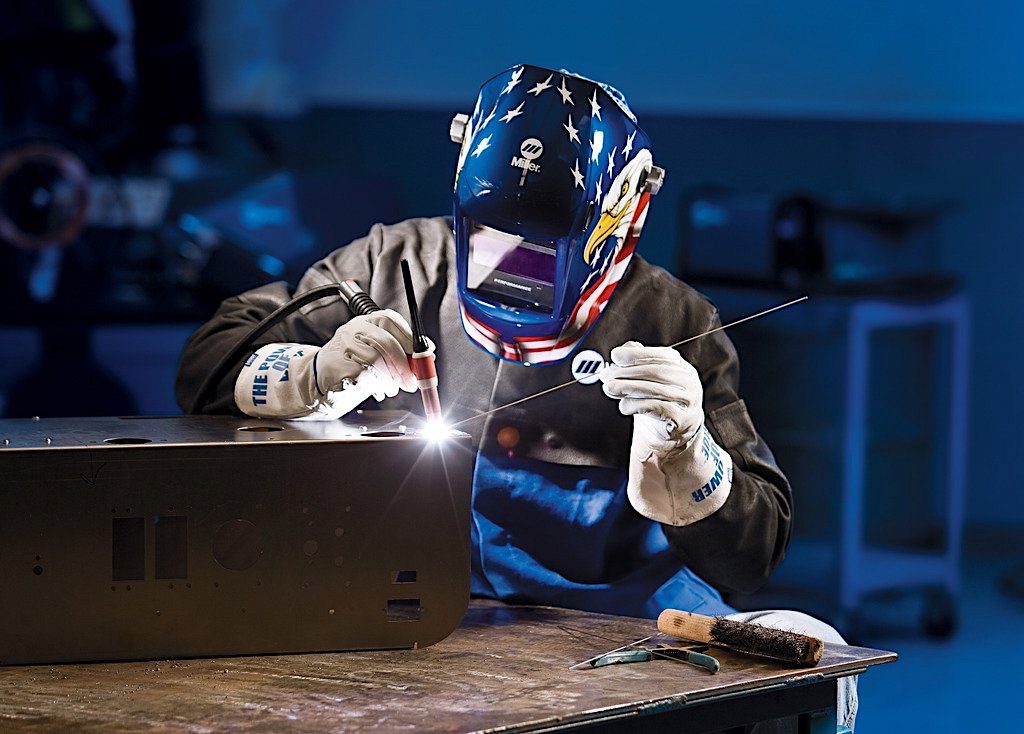
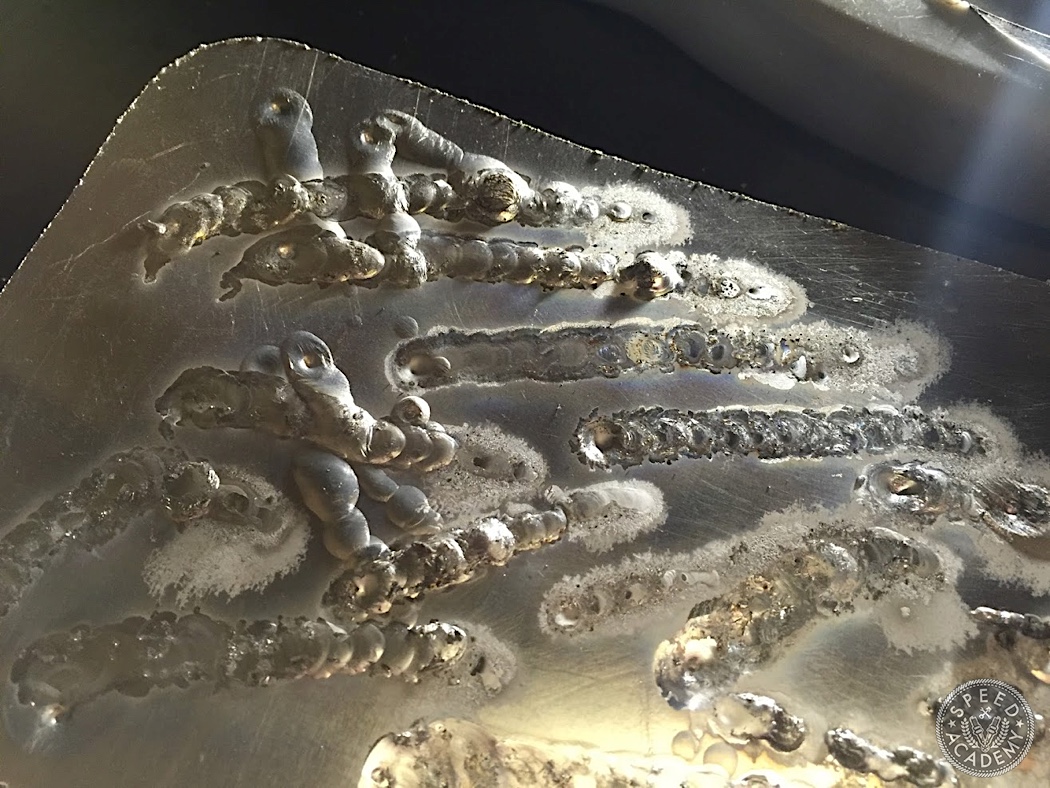
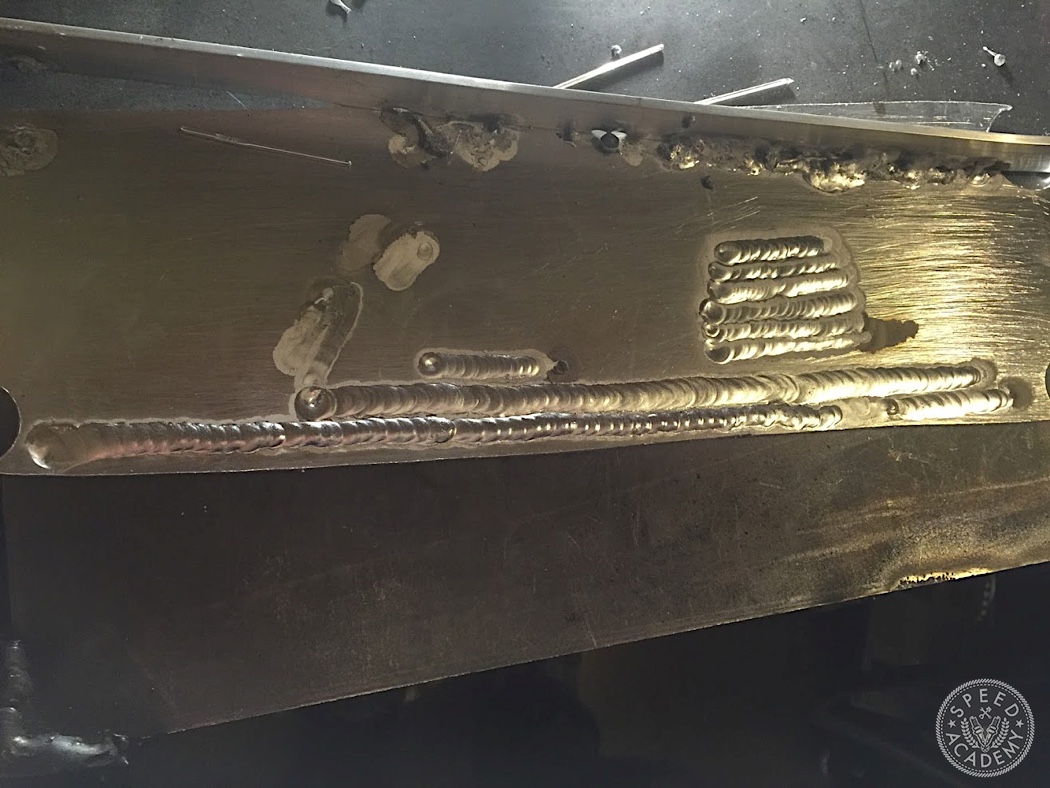
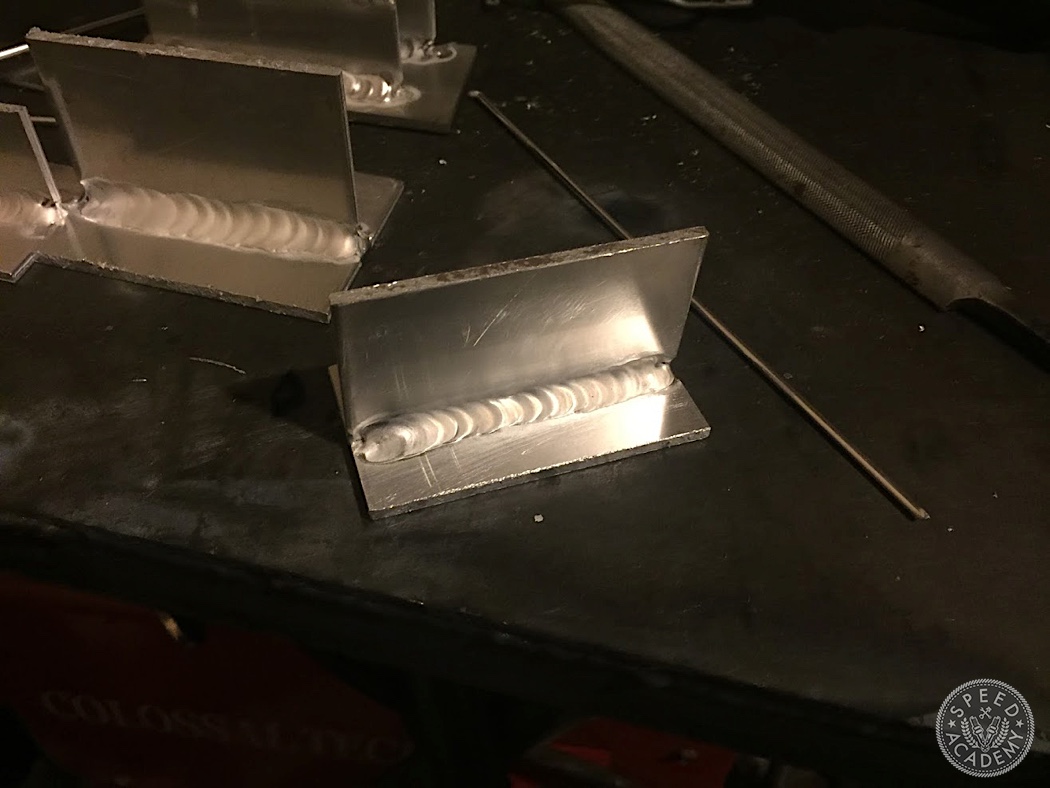
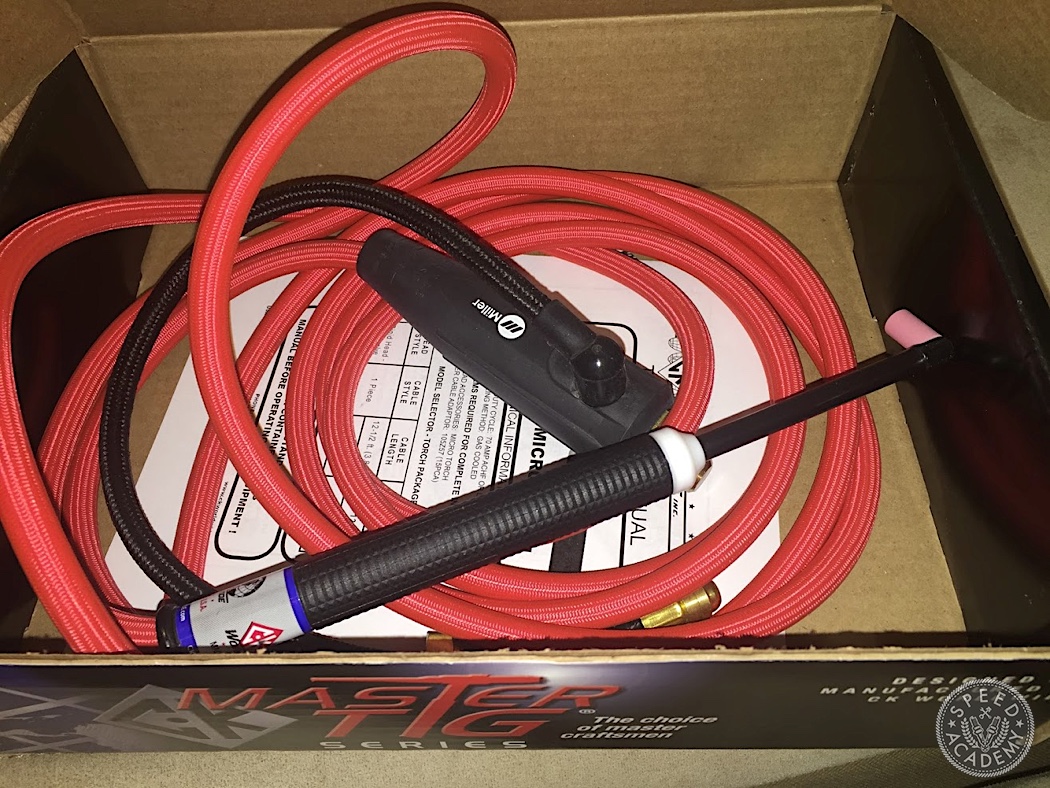

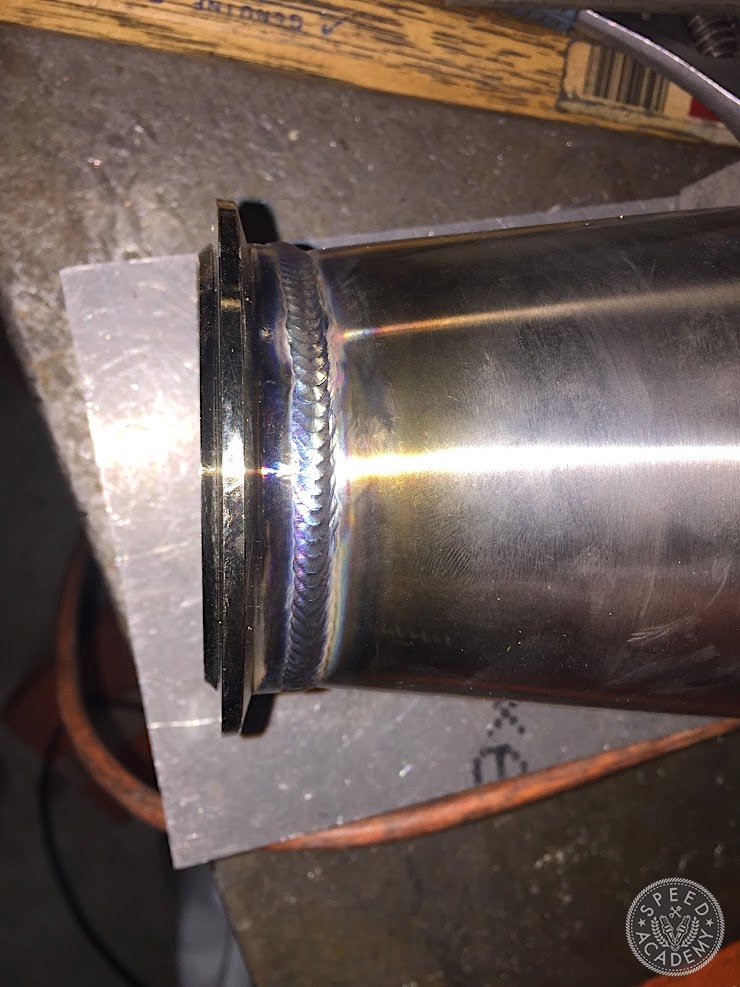
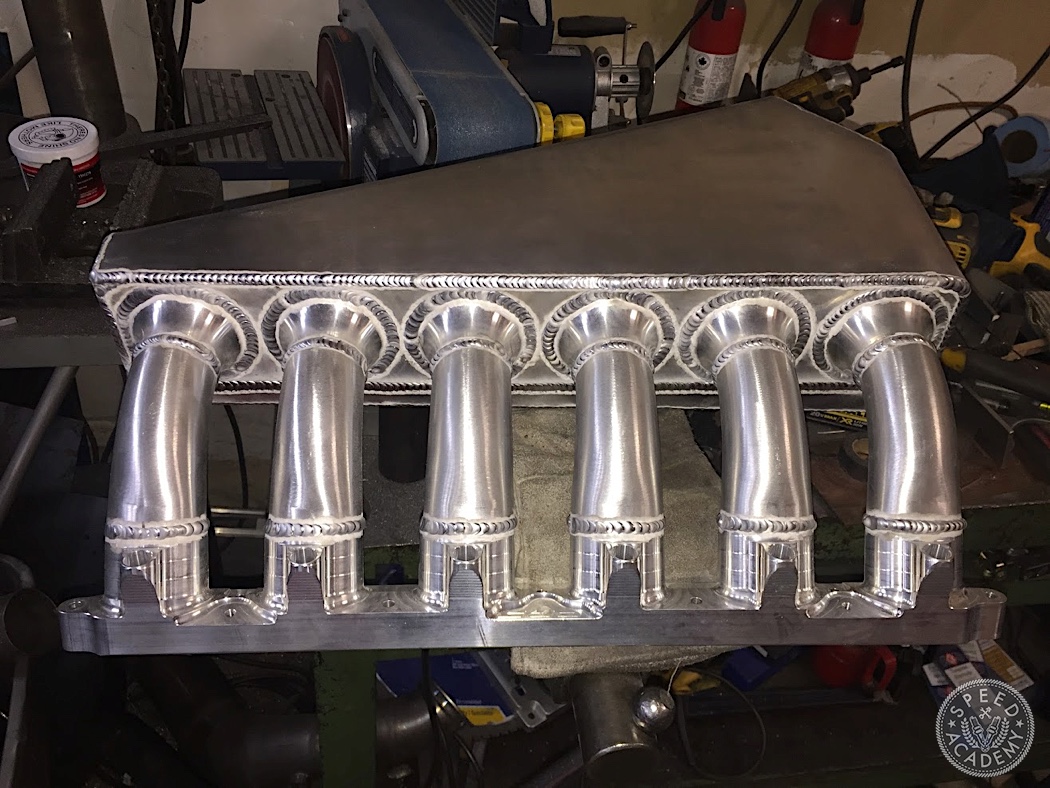
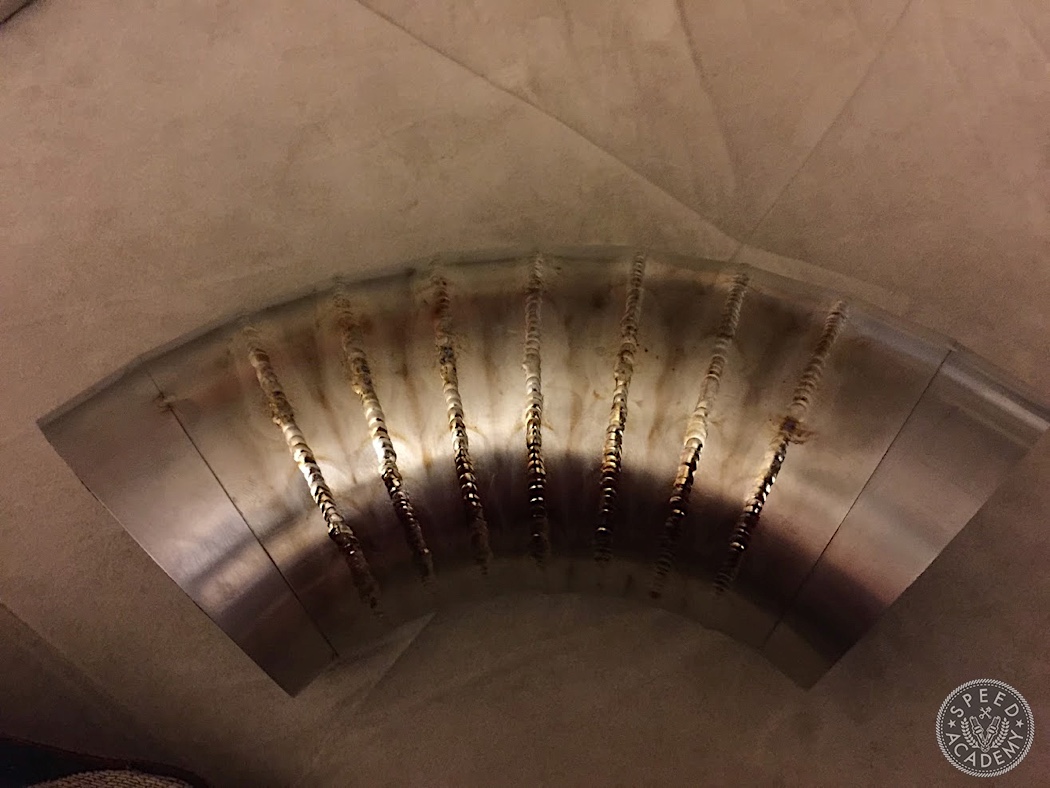

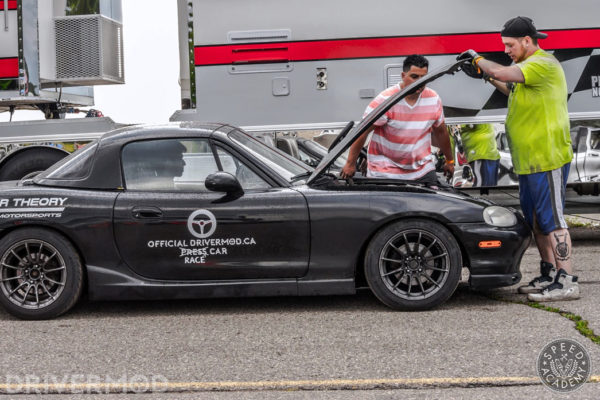
Awesome article, looking forward to the next one.
An excellent start. I am looking forward to the entire series. Welding is something that I have always had an interest in but I never pursued. These articles look like what it will take for me to finally move ahead. Kudos to Dmitry for doing this.
Is it possible to receive an e-mail when the next article is available?
Thanks Tom! I will do my best to lay out a practical path, along with learning strategies, equipment selection and where to get things and for how much. Let me know if there’s anything specific you’re interested in so I make sure I don’t miss it.
I’m not sure if you can set up a new article notification but the Speed Academy guys are good with updating people on social media so if you subscribe to them on FB or IG, you should see it. The next chapters are coming soon!
Thanks again!